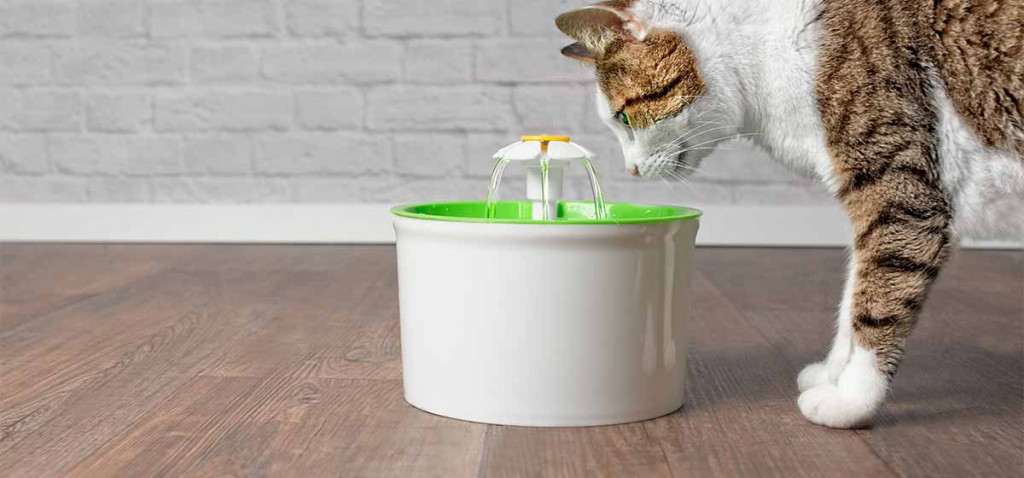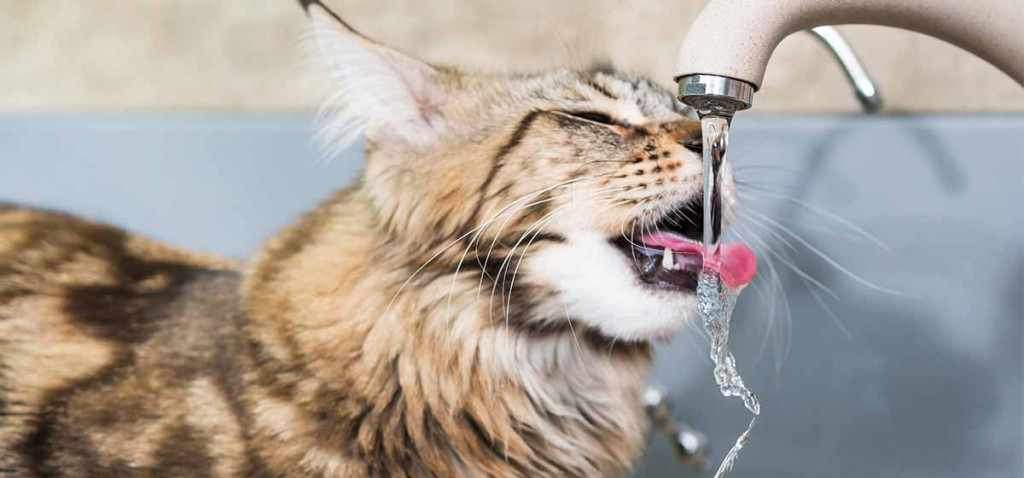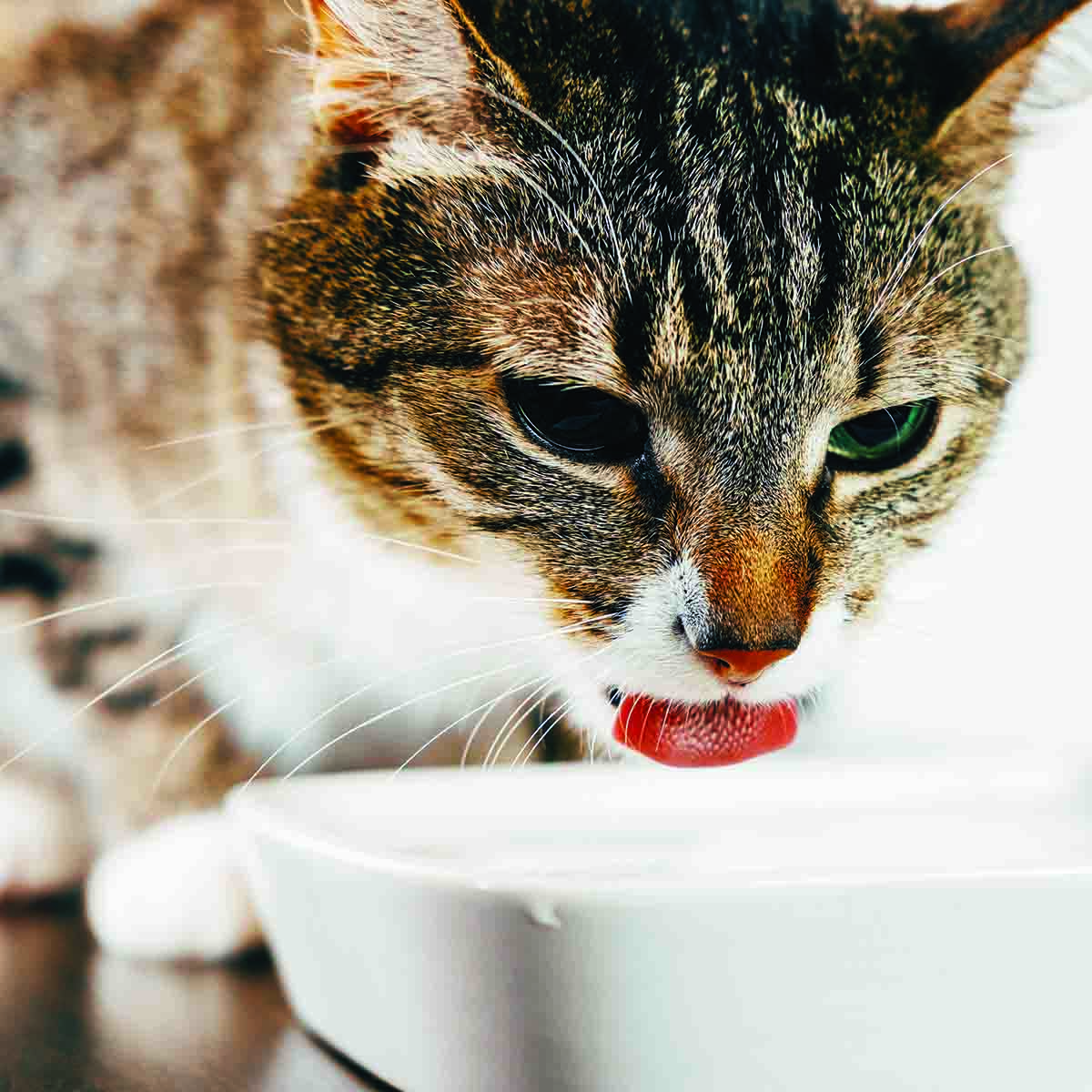As pet parents, we know how crucial drinking water is for our cats. We also know that cats have a low thirst drive, and keeping up with their fluid intake can be a challenge.
Cats are typically not water drinkers. They come from a long line of desert-dwelling felines who got most of the water they needed from their prey. And because they have a remarkable ability to concentrate urine, this helps them survive on smaller quantities of water compared to other animals. But cats still need adequate water intake. It’s vital for their organs and skin, body temperature regulation, tissue repair, among others.
The last thing we want is for our cats to be dehydrated, which poses a serious threat to their overall health. While getting your cat to drink enough water can be tricky, there are ways to make it a part of their daily habit. Read some of our simple but doable tips to keep your cat hydrated and healthy.
Add wet food to their diet
Good news! Water is not the only way to keep your cats hydrated. Wet food may also meet your cat’s nutritional needs. It’s closer to raw food and it offers better hydration because of its high water content.
Supplementing your cat’s diet with wet food can increase their overall water intake. Make sure your cat gets plenty of moisture in their diet. Try Loveabowl Chicken Snowflakes in Broth or Loveabowl Tuna Ribbons in Broth. Both are rich in vitamin E and taurine, and provide your cat with the nutrients they need—a great choice for even the fussiest of cats.
Explore our wet cat food options to help increase your cat’s water intake—no need to get rid of dry food. Strike a balance with wet cat food and see what works best for your cat. That said, introduce new food gradually and always check with your vet before making any significant changes to your cat’s diet.
Give them options
Because cats have a low thirst drive, they might not readily drink from a water bowl even if you put one out. Give your cat options and experiment with different kinds of bowls or dispensers. Cats are fussy and don’t like it when water or food touch their whiskers (because those long facial protrusions are extra sensitive).
You can choose from different water bowl materials, such as glass, stainless steel, and ceramic. We recommend a wide, shallow bowl so your cats can drink without the water touching their whiskers.
Do change your cat’s drinking water often! It can become unappealing if not refreshed at least once every day.

Invest in a water fountain
A cat fountain might do the trick, that is if your cat doesn’t shy away from the noise. Cats are naturally drawn to running water, so water from the fountain looks more like what they’d encounter in the wild. This way, your cat has steady access to water.
A water fountain is a good option because some cats prefer a raised drinking area to avoid their fur getting wet. Multiple streams with extra-large capacities are also available if you have multiple cats at home.
Choose one that lets a cascade of water fall from a small faucet to mimic the behaviour of naturally flowing water. Remember to clean it regularly as bacteria and mould can build up, discouraging your cat from drinking water.
You can find several fountains that can complement your decor at home.
Spread water bowls around the house
One of the easiest ways to make sure your cats are hydrated is by having plenty of water stations, both inside and outside of the house. This is especially important if you have multiple cats at home since cats do not like to share resources.
It’s advisable to place water stations away from each other as a timid cat might not want to visit a water bowl when a more dominant cat is drinking. Place water bowls in areas your cat’s favourite spot so it’s easily accessible.
You can also try placing their water bowl next to their food bowl. Cats are more likely to drink while eating. Some often switch back and forth between eating and drinking, especially if they’re eating dry food. Remember to place water bowls in a quiet place where your cat can drink undisturbed.
It can be difficult to monitor your cat’s water intake throughout the day. But you can do so by comparing the amount of water at the end of the day to the volume at the beginning. Always keep the water bowl clean and fresh by refilling iit multiple times per day. No one wants to drink from a dirty, dusty cup! And always remember to keep the litter box away from your cat’s food and water area.

Try different types of water
We won’t be surprised if your cat doesn’t like tap water. They are picky creatures, after all!
Try changing the source and switching to bottled or filtered water. While filtering won’t make it fluoride-free, it might help water taste better for your cat. The general rule of thumb is that if we can drink it, it’s good enough for our cats—except for distilled water. Once in a while, in small amounts is fine, but it should not be the sole source of water for your cats. Regular consumption of distilled water can potentially lower the pH of your cat’s urine and make it acidic. When this happens, they may develop urinary crystals or stones.
During warmer months, many cats prefer their water chilled. Pop a few ice cubes in the bowl to encourage your cat to drink more. As long as your cats don’t eat the ice, give it to them as a treat from time to time.
Putting down a saucer of milk can be tempting but keep in mind that most cats are lactose intolerant. Milk should not be the first choice when it comes to hydration. It can give your cat gastrointestinal issues such as vomiting and diarrhea. If your cat can tolerate milk, opt for lactose-free as this is gentler on their tummy. This should always be done in moderation. Water is still the most beneficial for your cat!
The amount of water your cat should be drinking depends on their age, weight, and health. Regardless of these factors, your cat should always have 24/7 access to clean water. If your cat still isn’t keen on drinking water, talk to your veterinarian.
